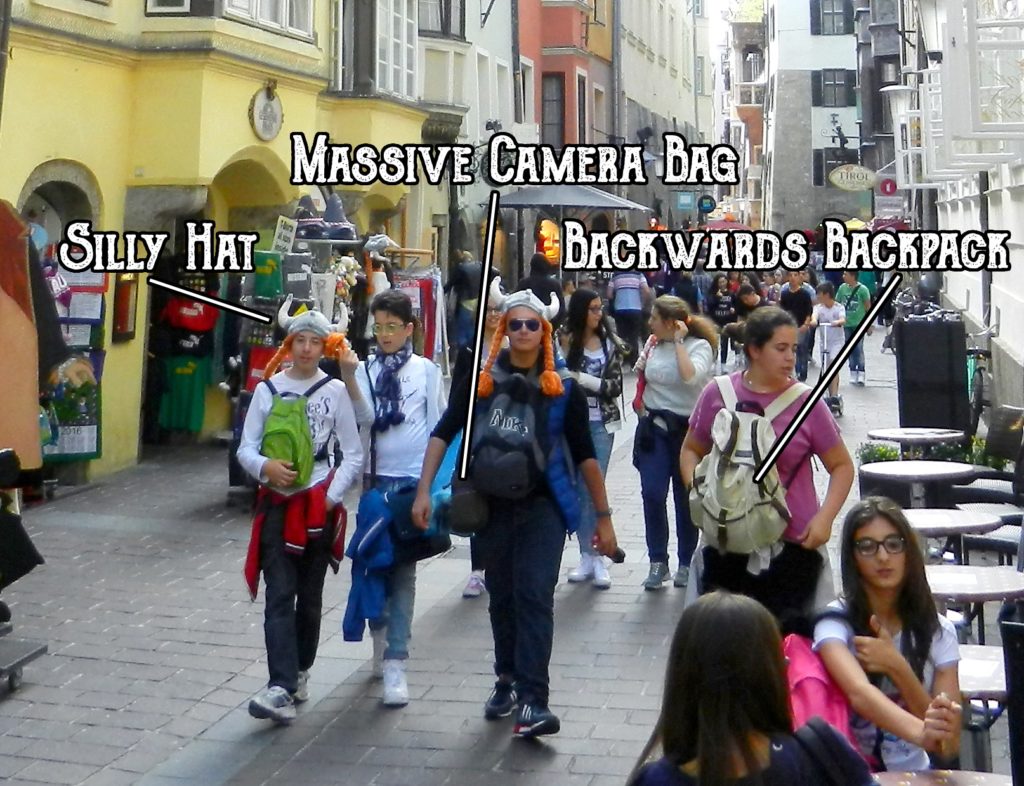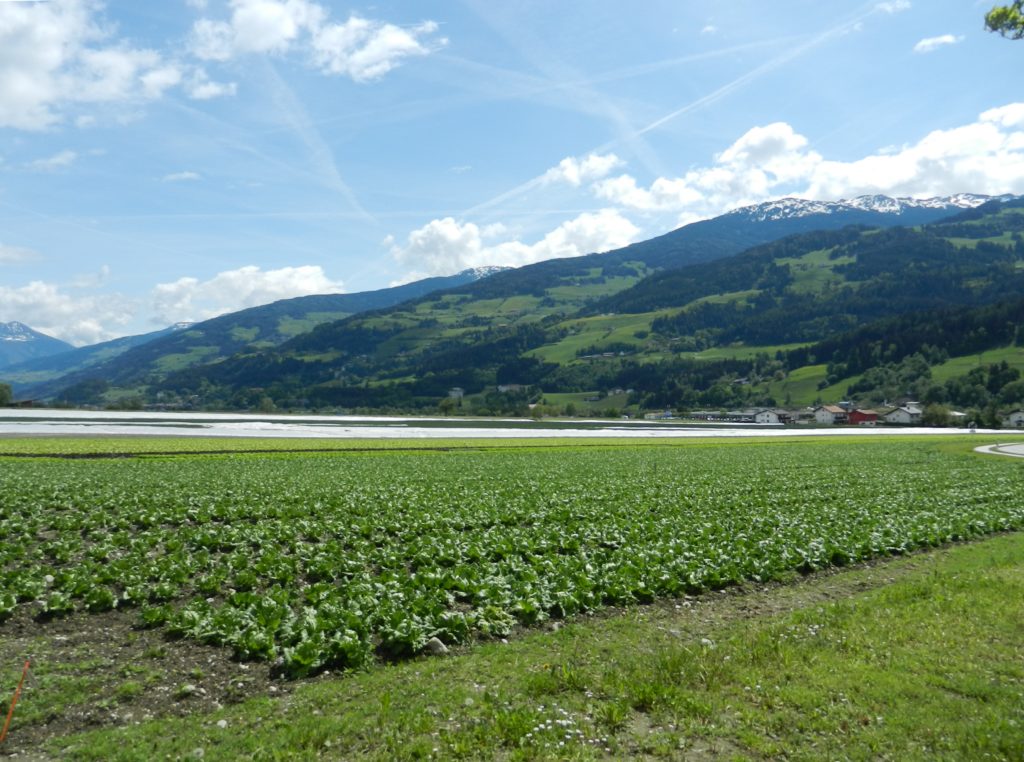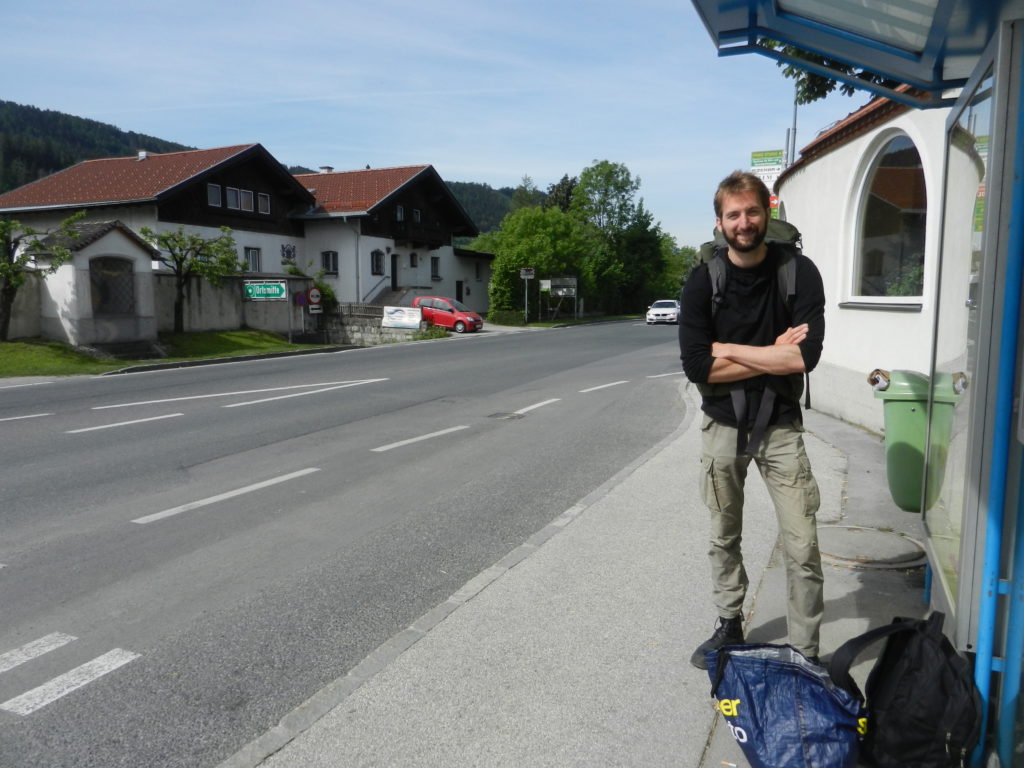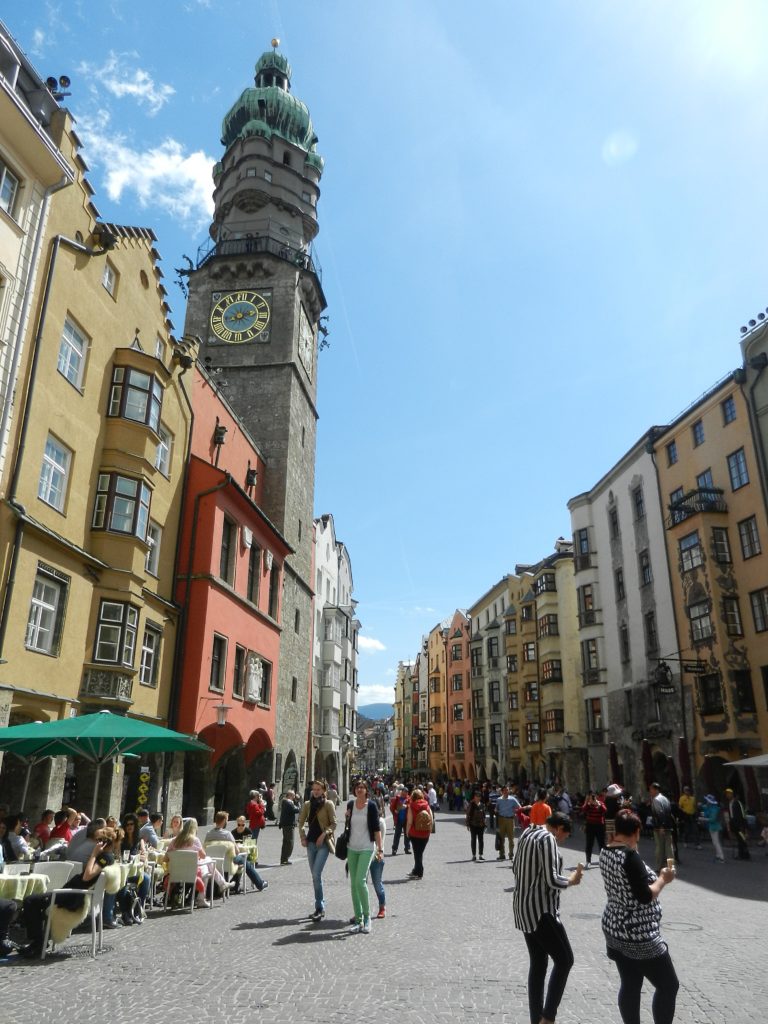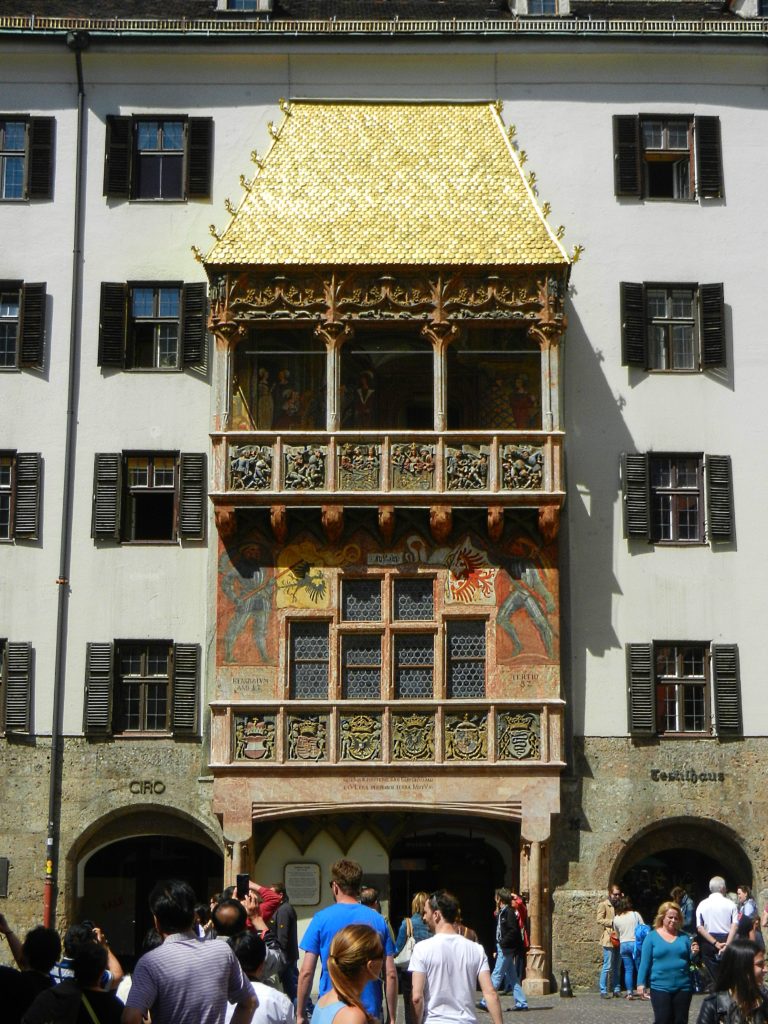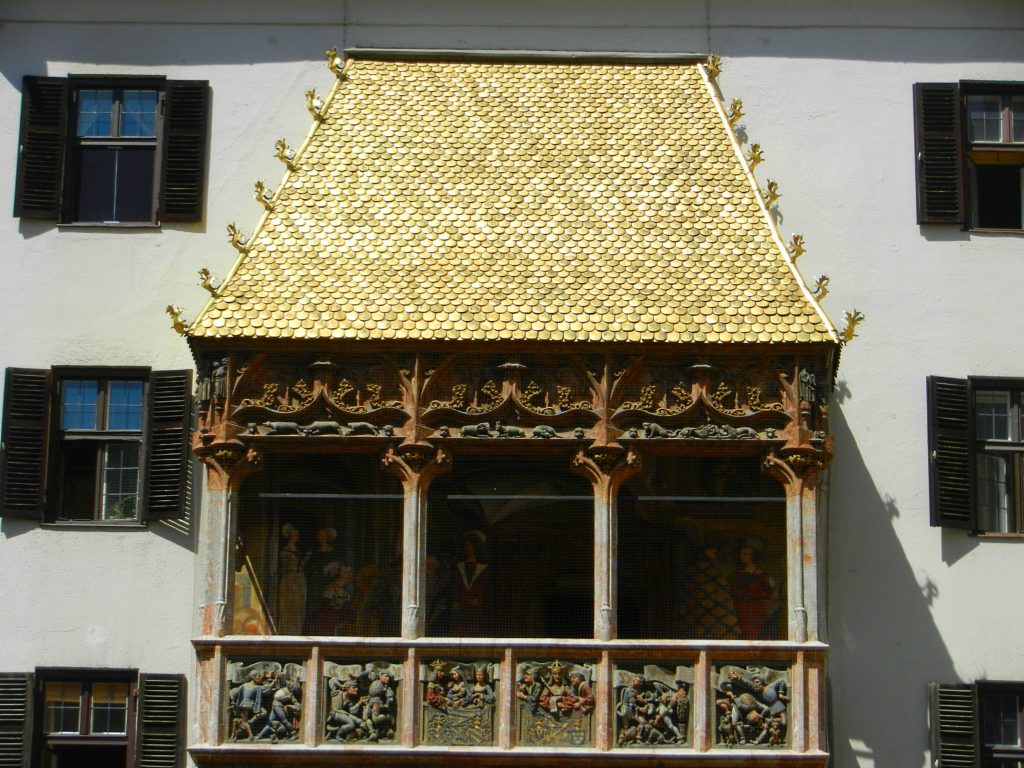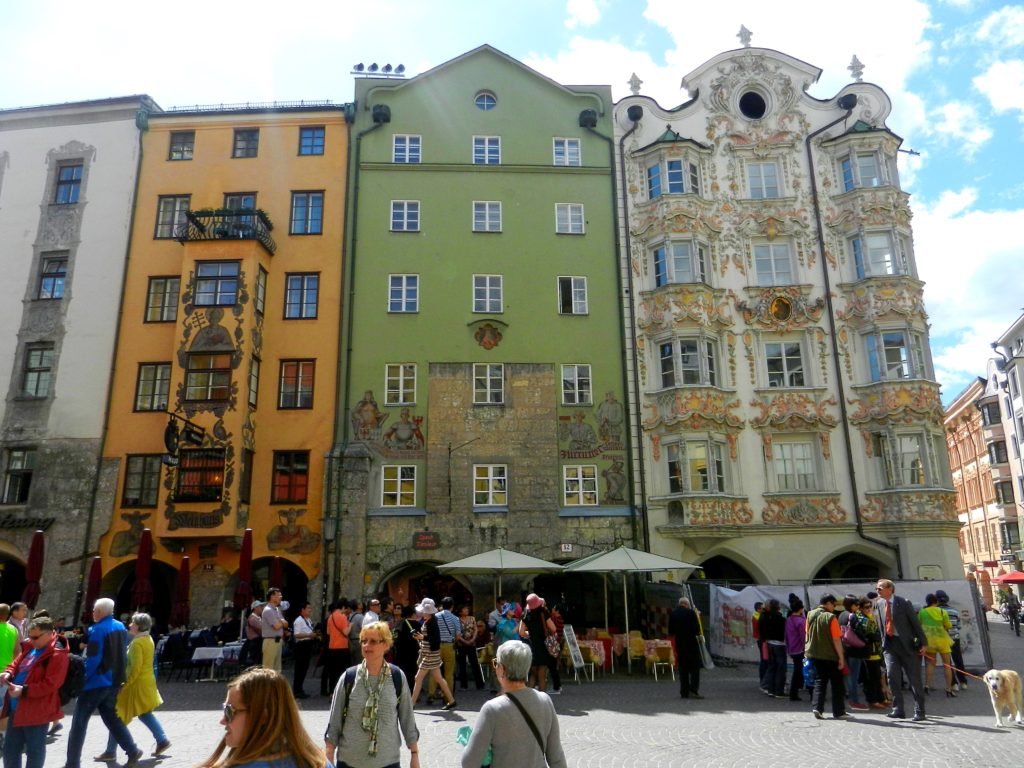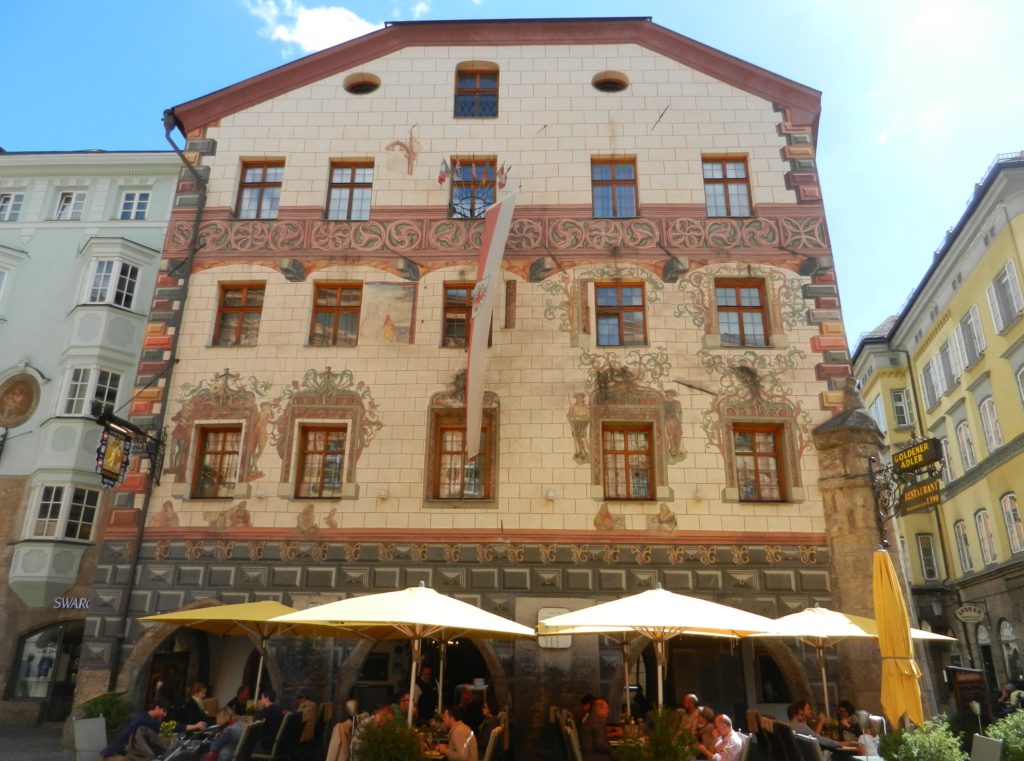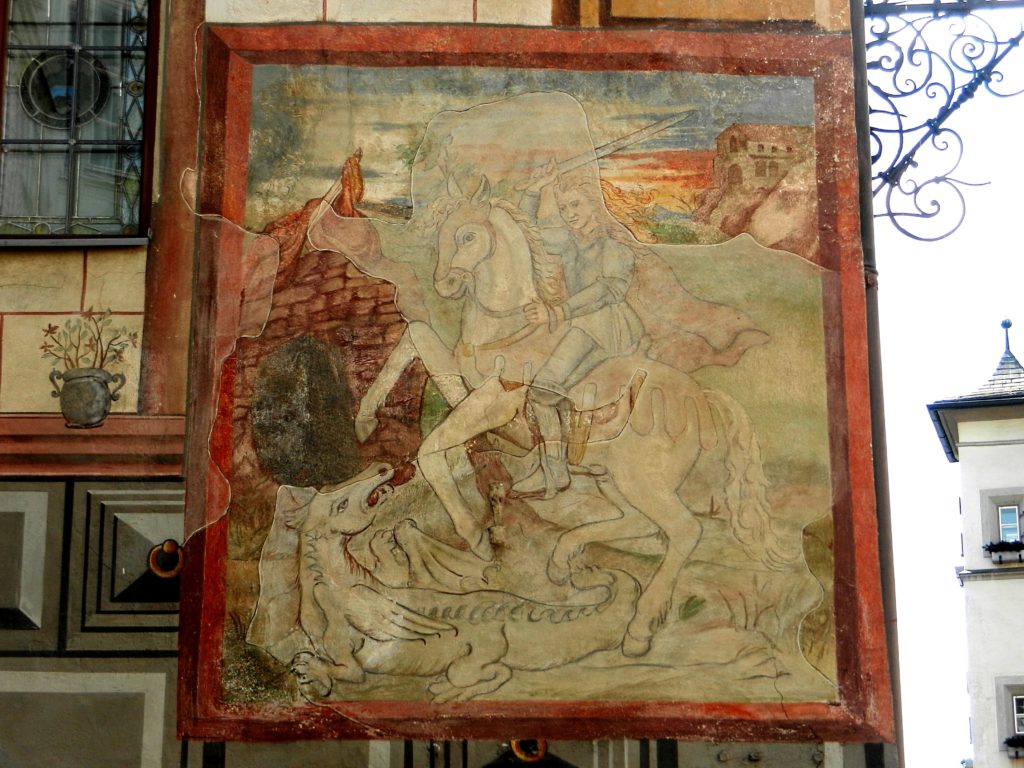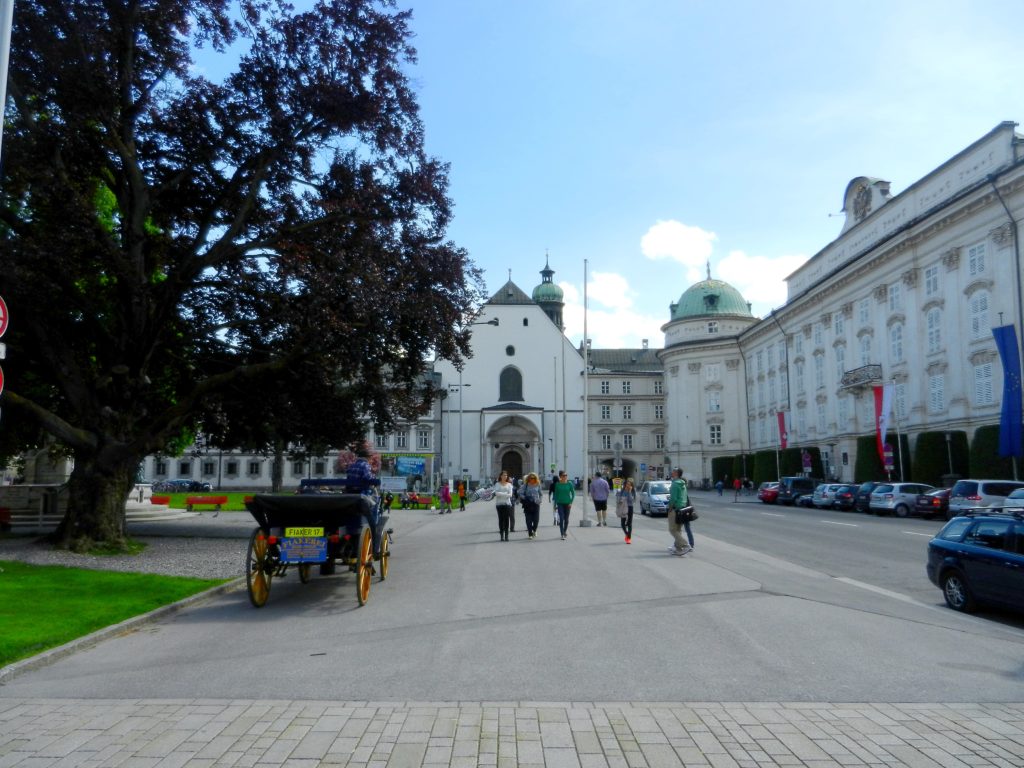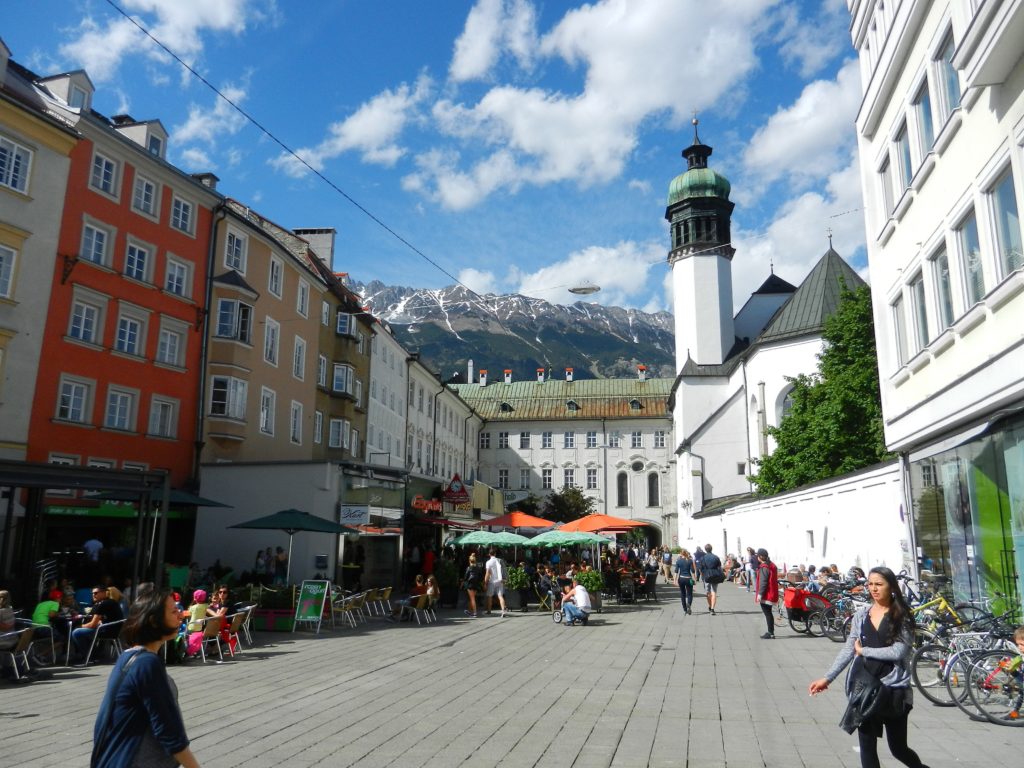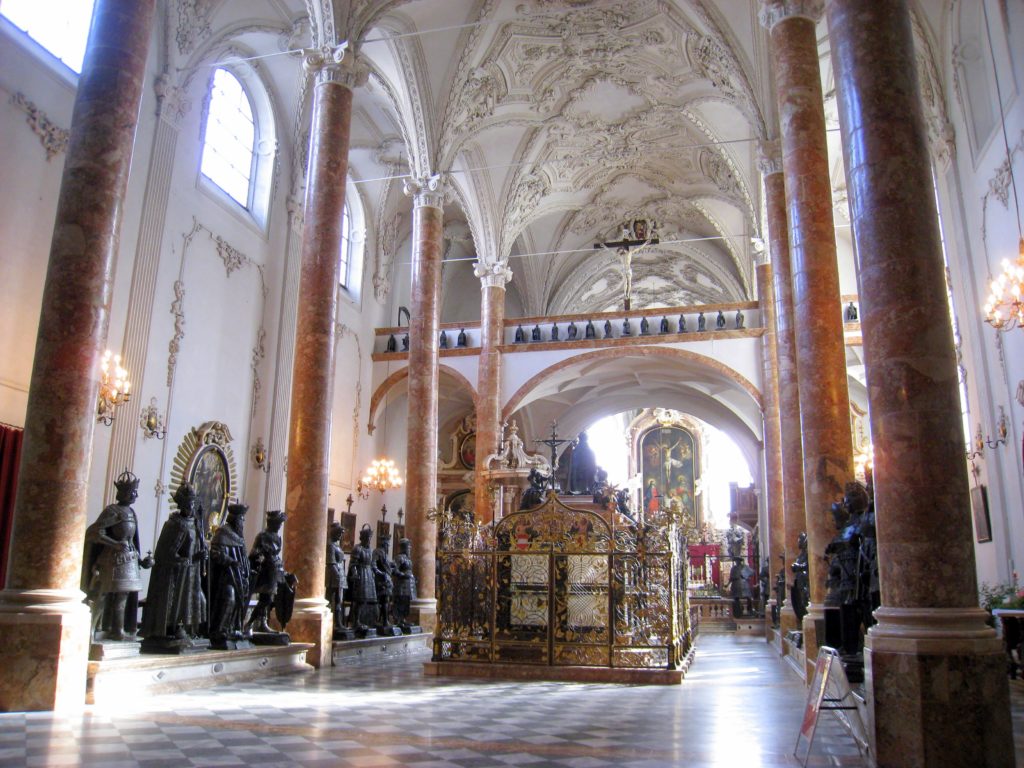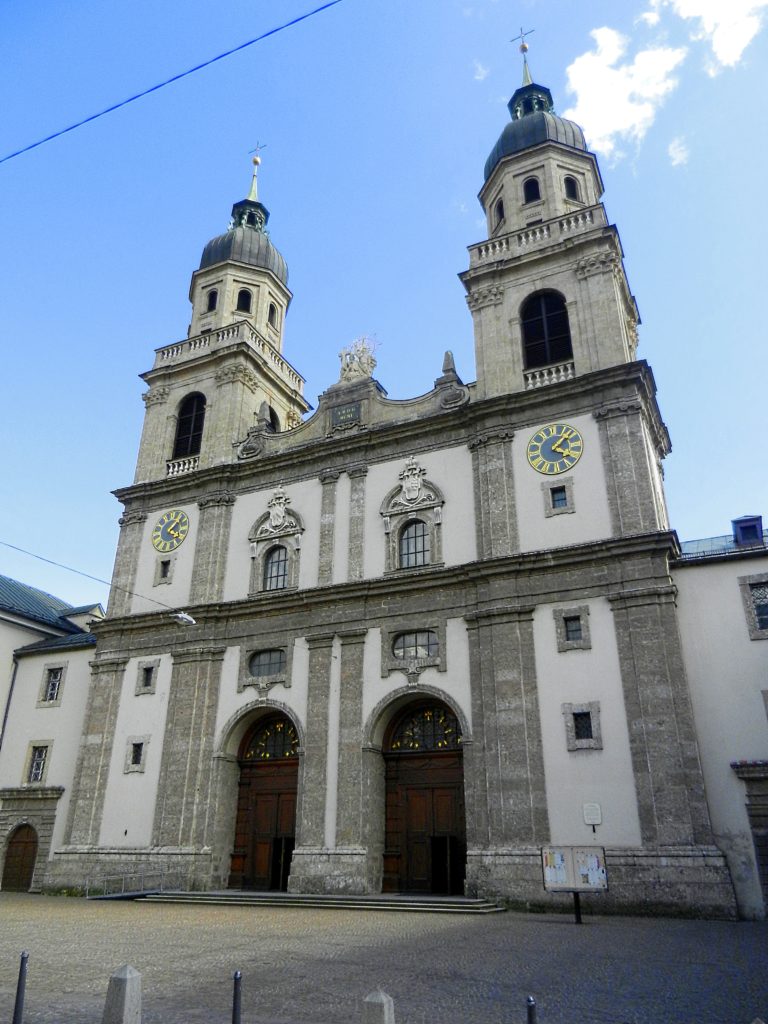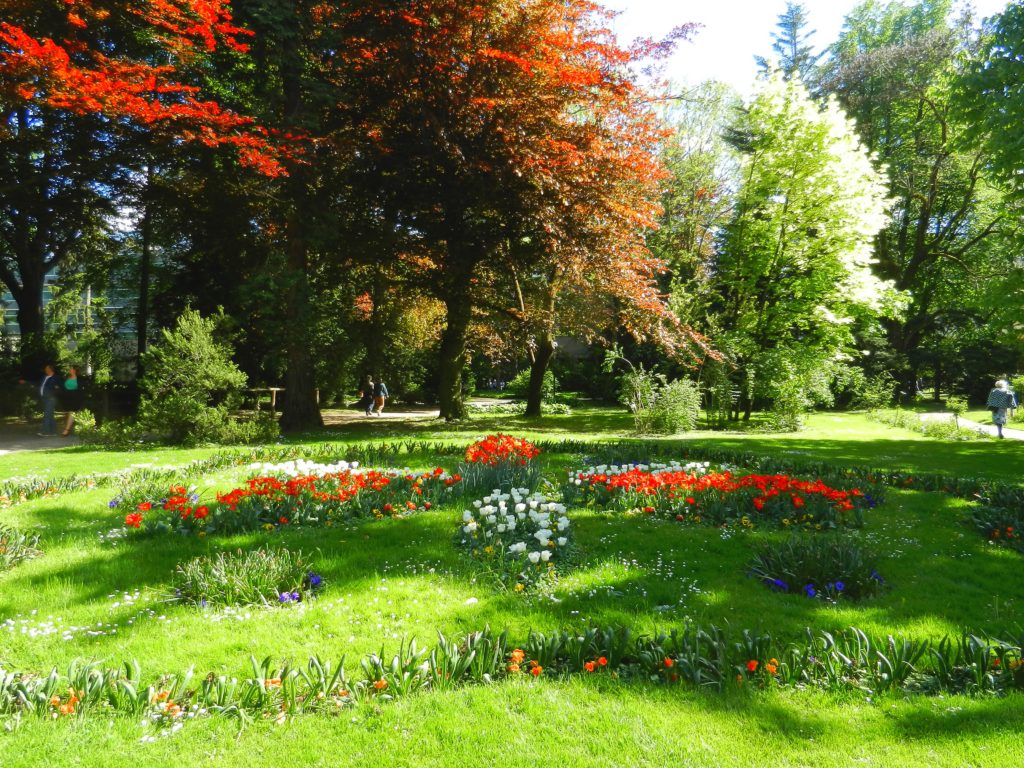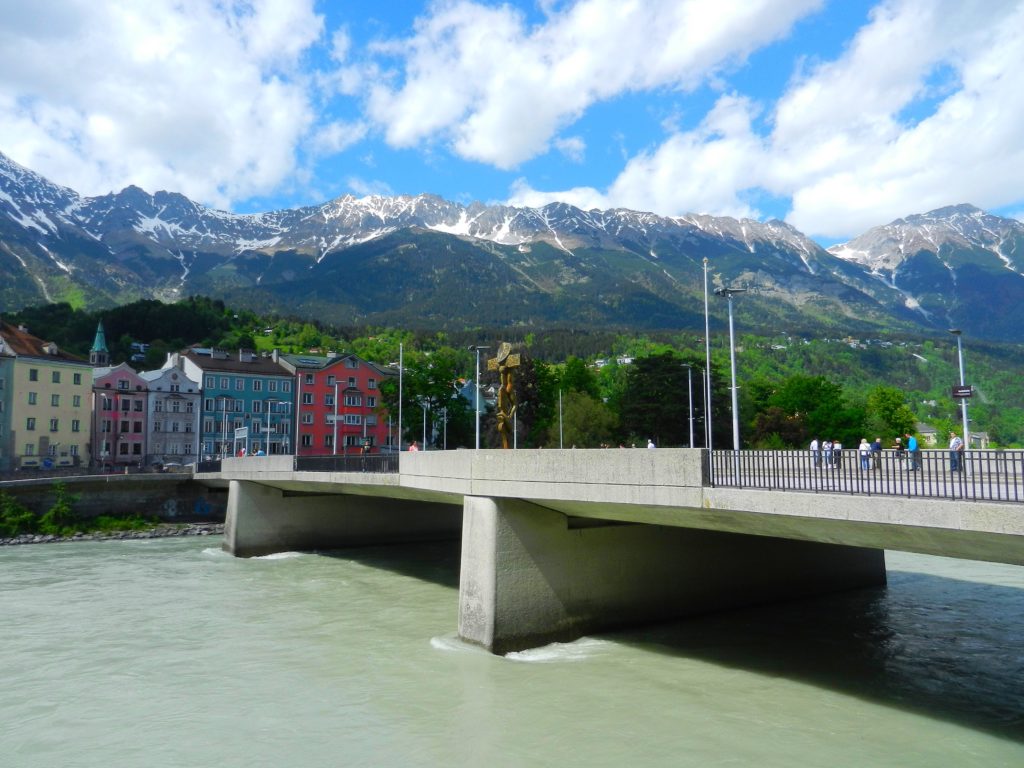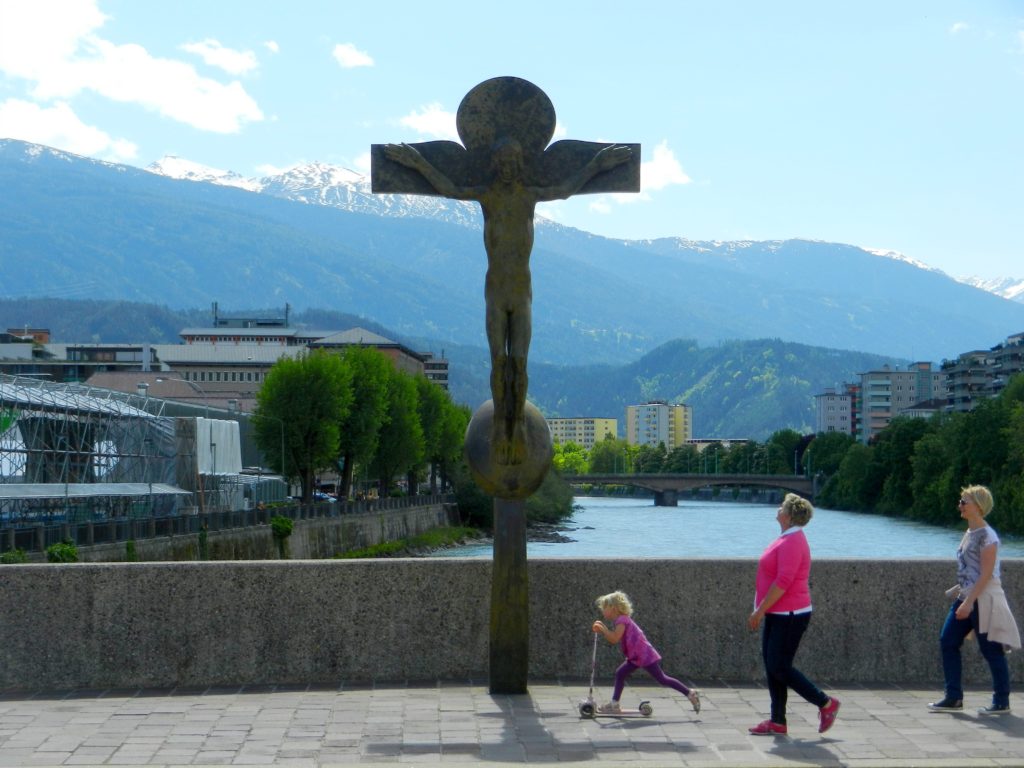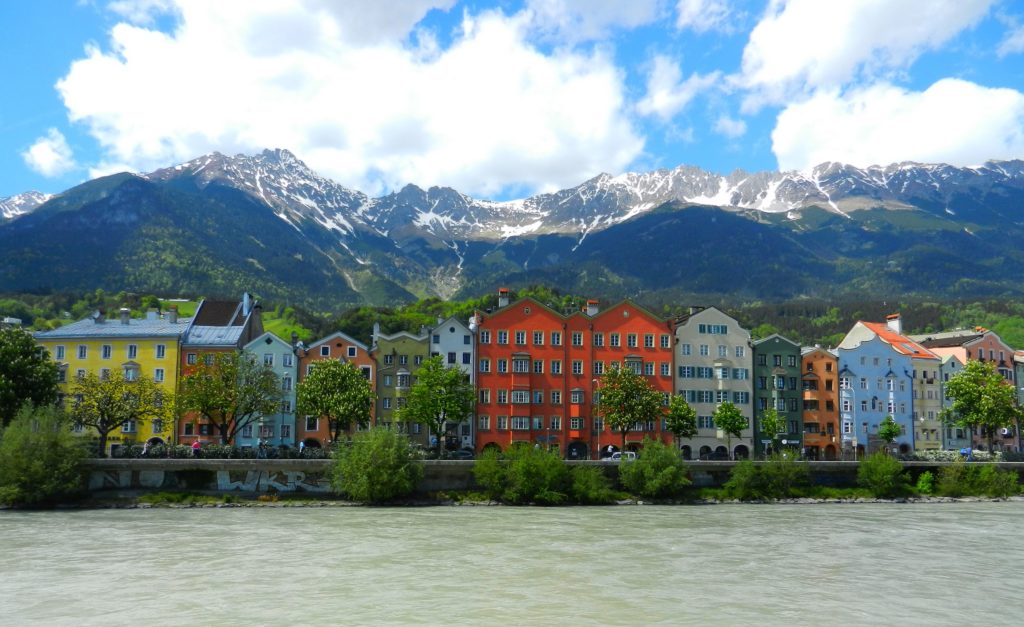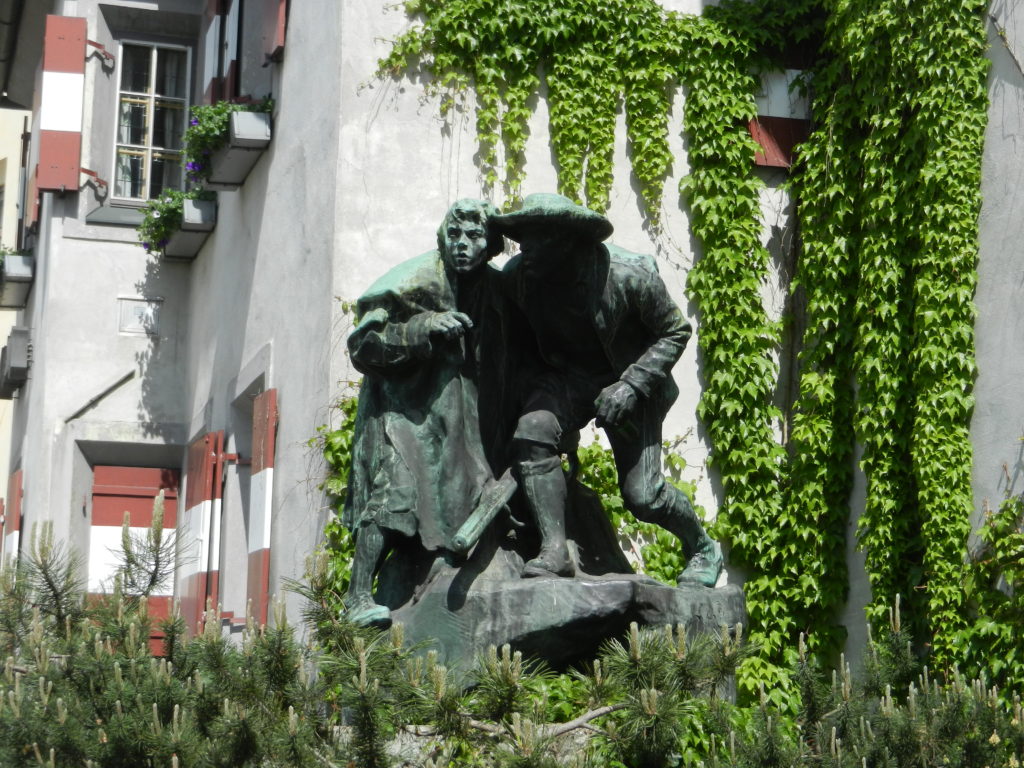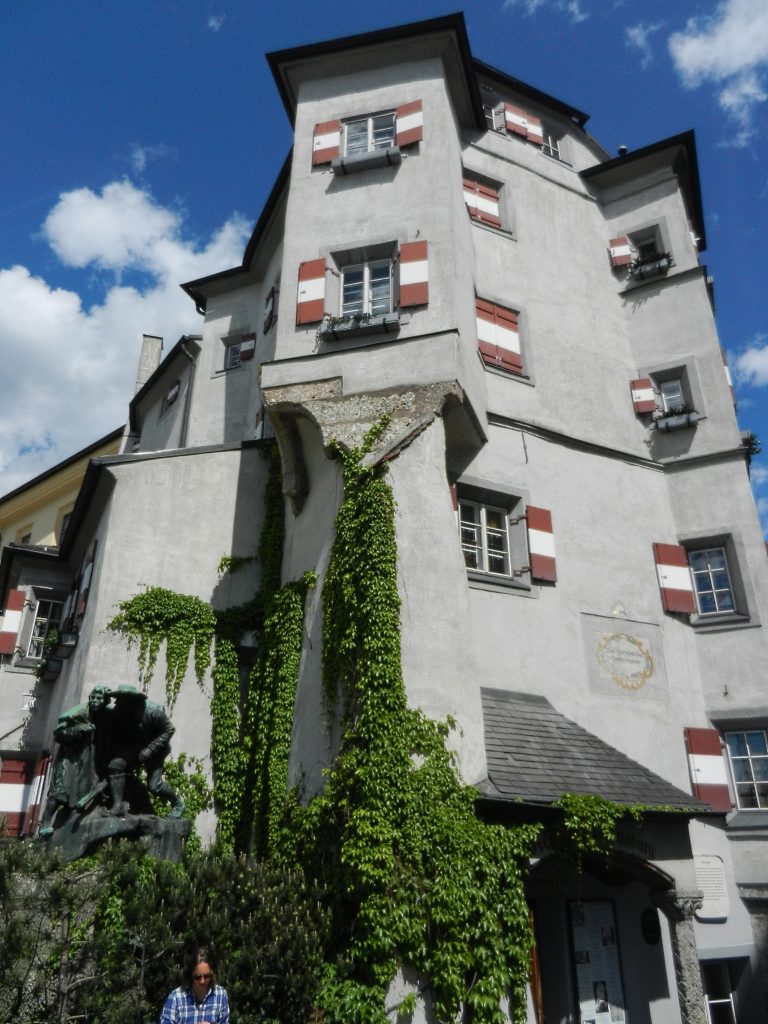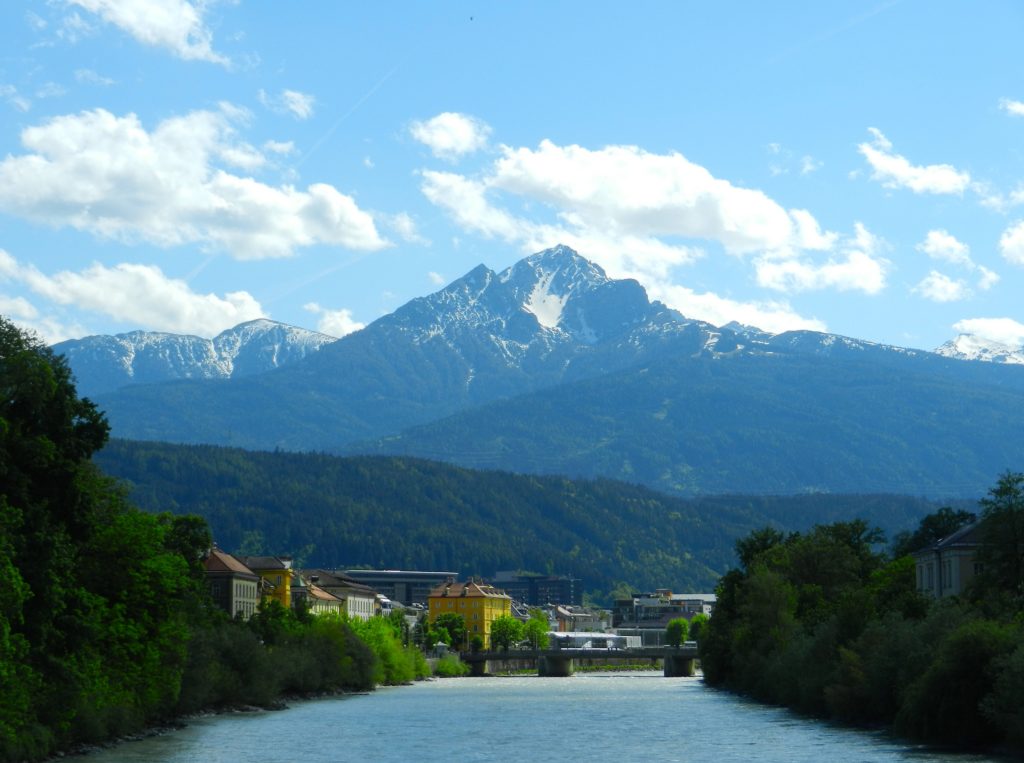Looking at a map, you can see the province of Tyrol, the leg of Austria (kicking Switzerland in the face) with the capital town of Innsbruck stuck to its shin. Nestled there in the Karwendel Alps, Innsbruck has become an internationally renowned mountaineering/skiing destination, the two-time host of the Winter Olympics, the Paralympics, and the first Winter Youth Olympic Games. It’s ideal location as a stop-over point for travellers crossing the Alps allowed Innsbruck to flourish into an important cultural and administrative centre of Austria. Although people often overlook the town and head for the ski hills, Innsbruck has its own elegant allure that shouldn’t be ignored. If you’re transversing the Alps between Germany and Italy, stop by and take a peak into Innsbruck before moving on to your next destination.
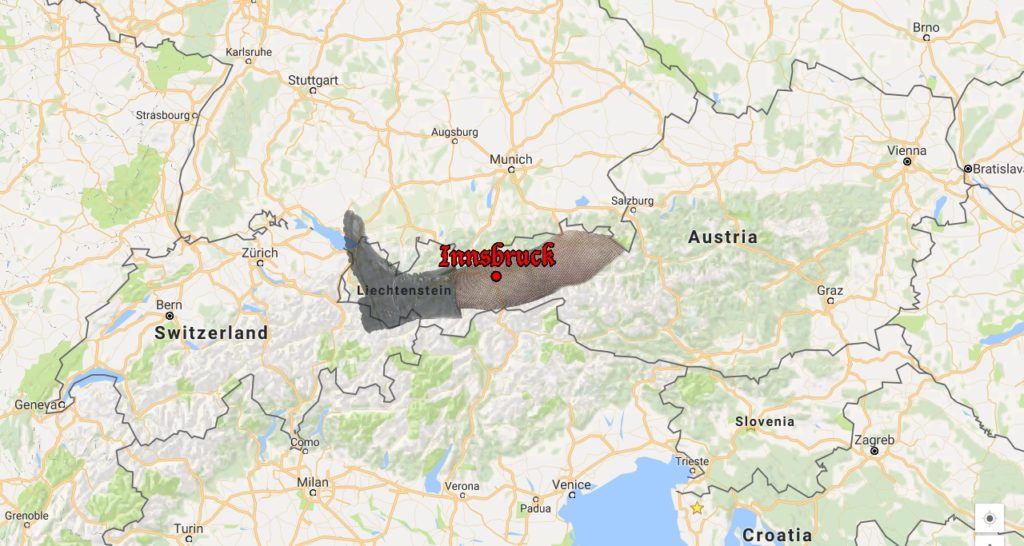
After Ashleigh’s brother Braeden left our expedition to fly home, we began migrating south towards Italy, stopping for a couple days in Austria. We found the cheapest Airbnb we could get, east of Innsbruck in some middle of nowhere community. From there it was an easy bus-ride into town where we could join the flock of other tourists in discovering the delights of Innsbruck.
Though the city’s Baroque and Gothic architecture is astounding, it’s the natural scenery which allows Innsbruck to shine. The city is beautifully situated on the Inn river in the Inn valley, bordered by blue mountain peaks much like white-crested waves. There have been traces of human habitation found in the valley that date all the way back to the Stone Age. The earliest, written accounts of Innsbruck date from the 4th century when that fertile land was occupied by Romans. The Roman settlement was named “Oenipons”, which is Latin for bridge (pons) over the Inn (Oeni) river. Innsbruck probably began as a river crossing that evolved into a settlement as traffic through the Alps increased. The Inn valley is situated half-way between Verona and Munich, so it’s a natural stop-over point for those transversing the treacherous mountains. Just as major cities grow around ports, rivers, and railroads, Innsbruck flourished around this mountain pass.
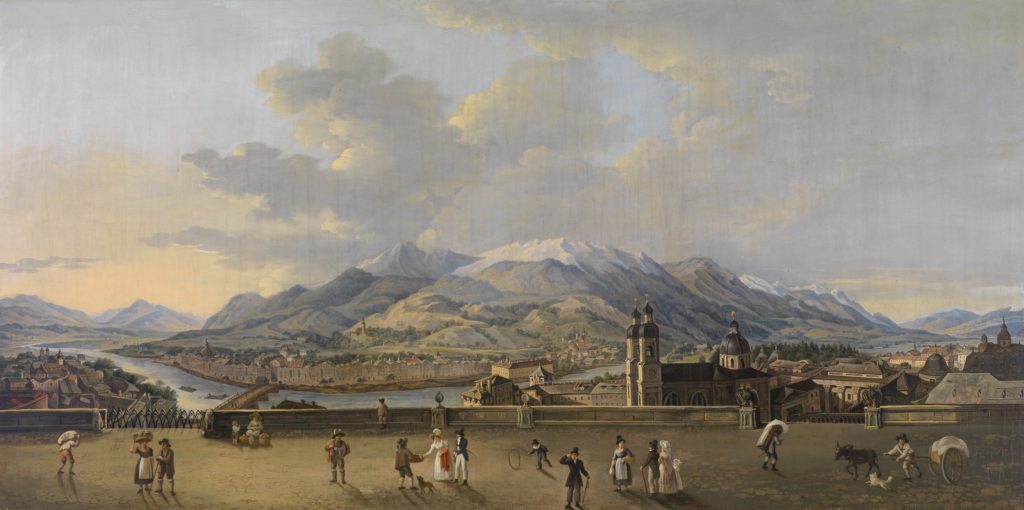
In 1361, the Tyrolean rulers started taking a great interest in Innsbruck. Duke Leopold IV of Austria began purchasing prime real estate within the city centre. I suppose he was a tourist, just like us, and fell in love with the dazzling view of the Alps. When Leopold’s brother, Duke Frederick IV of Austria, became ruler, he moved the seat of Tyrolean rule to Innsbruck. Frederick built his residence in the old town centre, including the Golden Roof which later became a major symbol of Innsbruck. The Goldenes Dachl is a hard thing to miss, especially in the bright sunshine. It is an ornately carved balustrade covered in painted frescoes and topped with golden tiles. The roof is made up of 2738 gold plated copper shingles which seem to glow like fire. The rest of the surrounding buildings in the square has been dressed up with bright colours, medieval frescoes, and baroque embellishments. The old town hall stands out amongst the rest with its inviting stone archways and lofty clocktower.
A stones throw away from the old town centre is the glorious Hofburg. The Hofburg Imperial Palace was first constructed around 1460 by Sigismund, Archduke of Austria. Sigismund prudently incorporated some of the older, medieval town walls, gate, and towers into his palace. Over 250 years, the Hofburg has been upgraded multiple times by consecutive Austrian rulers into the grand Baroque edifice it is today. We spent an entire day wandering around the Hofburg complex which encompasses the Hofkirche, St. James Cathedral, the Hofgarten, and museums.
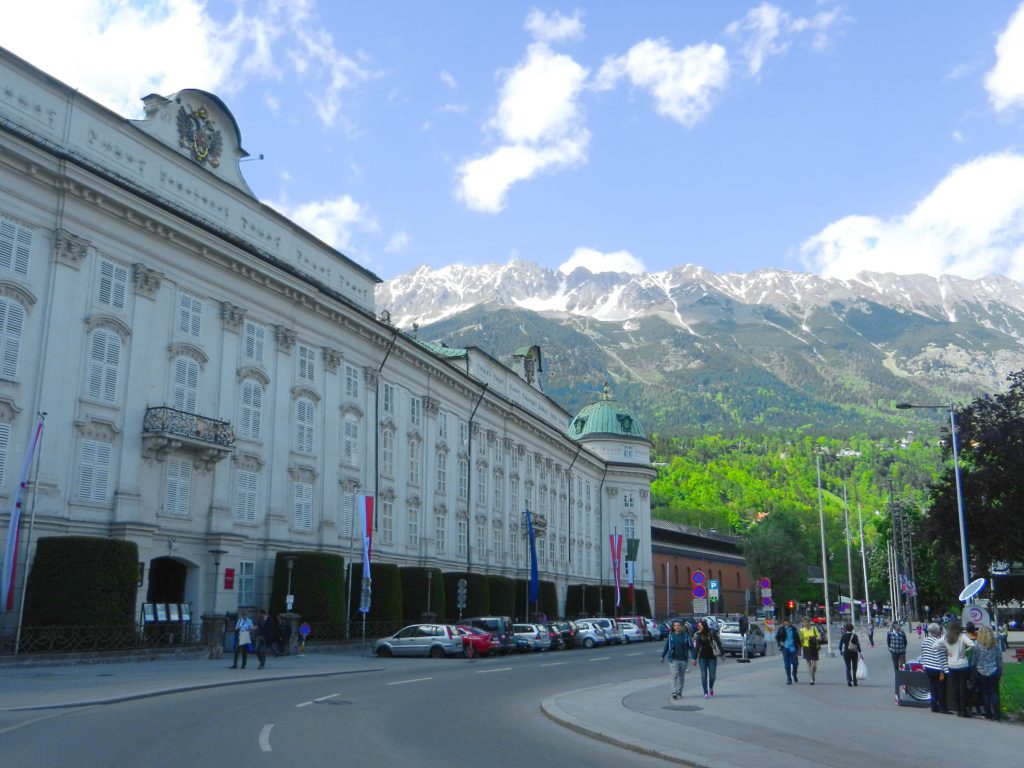
Lastly we visited the humble origins of Innsbruck at the Inn river: the Old Bridge. Even though the concrete structure that spans the river Inn is relatively new, it has been a crossing for a major trade route since time out of mind. On the way to the bridge we couldn’t help but notice the tiny “castle” of Ottoburg. More of an ancient manor, this building was made out of the remains of the old town wall in the 15th century. The interior is an absolutely gorgeous array of wooden beams, stone arches and stained glass windows if you can afford to dine at its restaurant. In front of the Ottoburg is a bronze statue by Christian Plattner, commemorating the Tyrolean Rebellion of 1809.
We walked out onto the old bridge to the middle of the river Inn, and stood there for a while soaking in that astounding scenery. Innsbruck is a beautiful city; even if you only have an hour to spare on your way to somewhere else, it’s well worth walking around the old town. It is to our great regret that we didn’t have time to do more recreational activities in the mountains, but we’ll never regret the time we spent in Innsbruck.

